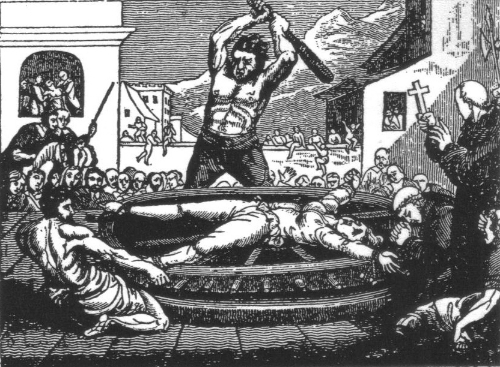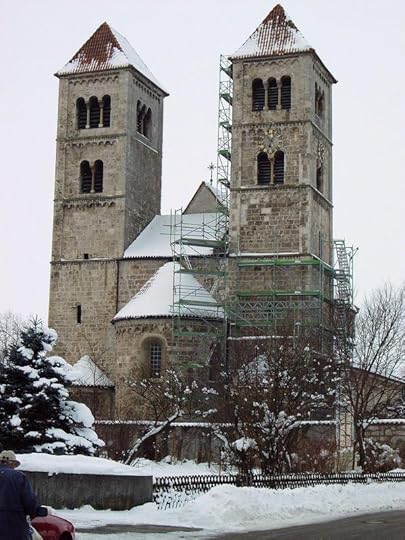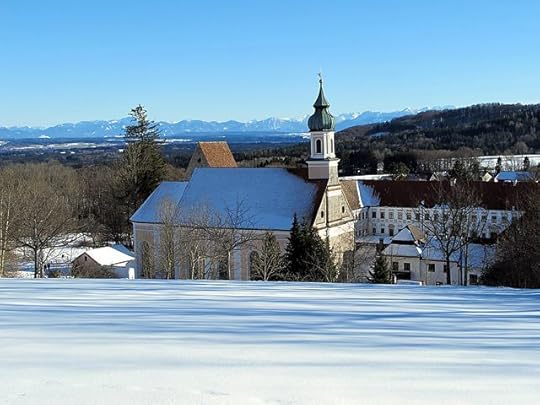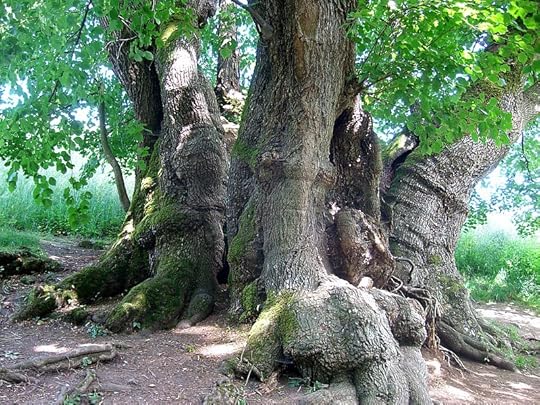What do you think?
Rate this book
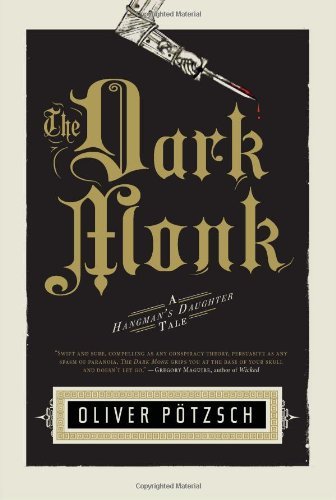

Following a trail of riddles, hangman Jakob Kuisl, his headstrong daughter, Magdalena, and the town physician’s son team up with the priest’s aristocratic sister to investigate. What they uncover will lead them back to the Crusades, unlocking a troubled history of internal church politics and sending them on a chase for a treasure of the Knights Templar.
But they’re not the only ones after the legendary fortune. A team of dangerous and mysterious monks is always close behind, tracking their every move, speaking Latin in the shadows, giving off a strange, intoxicating scent. And to throw the hangman off their trail, they have ensured he is tasked with capturing a band of thieves roving the countryside attacking solitary travellers and spreading panic.
Delivering on the promise of the international bestseller The Hangman’s Daughter, Oliver Pötzsch takes us on a whirlwind tour through the occult hiding places of Bavaria’s ancient monasteries. Once again based on prodigious historical research into Pötzsch’s family tree, The Dark Monk brings to life an unforgettable, compassionate hangman and his tenacious daughter, painting a robust tableau of a seventeenth-century Bavaria and quickening our pulses with a gripping, mesmerizing mystery
463 pages, Paperback
First published April 3, 2009

